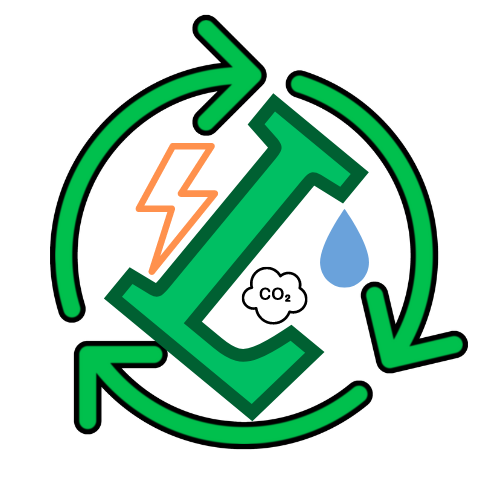What is a Circular Economy?
A circular economy is a way of doing business that aims to reduce waste and make the most of resources. It’s different from the traditional linear economy, which follows a “take-make-dispose” model. In a linear economy, products are made from raw materials, used, and then thrown away. In a circular economy, the focus is on keeping products and materials in use for as long as possible.
Key Concepts of a Circular Economy:
- Design for Longevity:
Products are made to last longer and can be easily repaired or upgraded. This means fewer items are thrown away. - Maximizing Resource Use:
Resources are reused, repaired, or recycled. This reduces the need for new raw materials and minimizes waste. - Waste as a Resource:
Instead of being discarded, waste is seen as a valuable resource. Materials from old products are recovered and reused. - Closed Loops:
In nature, waste from one organism becomes food for another. The circular economy mimics this by recycling materials continuously. - Sharing Economy:
Instead of buying everything, people can share, lease, or rent items. This reduces the number of products that need to be made.
Benefits of a Circular Economy:
- Reduced Environmental Impact:
By extending the life of products and using resources efficiently, pollution and greenhouse gases are reduced. - Economic Resilience:
Less reliance on raw materials makes businesses less vulnerable to price changes. It creates more stable supply chains. - Job Creation:
New job opportunities arise in recycling, repair, and remanufacturing industries. Circular businesses also lead to new types of work. - Less Waste:
Recycling and reusing materials mean less waste ends up in landfills or incinerators, which benefits the environment.
Examples of Circular Economy Practices:
- Product as a Service:
Companies lease products instead of selling them. When the product is returned, the company takes care of repairs and recycling. - Recycling and Upcycling:
Old materials are recycled into new products or upcycled to create more valuable items. This keeps materials in use longer. - Modular Design:
Products are designed with parts that can be easily replaced or upgraded. This extends the product’s lifespan and reduces waste.
Challenges of a Circular Economy:
- Consumer Behavior:
People are used to buying new items and throwing away old ones. Changing these habits requires time and education. - Infrastructure:
Effective systems for recycling, repairing, and recovering materials are needed but are often not available everywhere.
In summary, the circular economy aims to keep products and materials in use for as long as possible. It focuses on reducing waste and making the most of resources. By designing products for longevity, recycling materials, and promoting sharing, this model offers a more sustainable way of doing business. It helps protect the environment, creates economic opportunities, and reduces waste. Adopting a circular economy involves changing how products are designed, produced, and consumed, but it offers a promising path to a more sustainable future.
More information:
Check my blog for other articles to find out what sustainability and net zero means, what are the different business models and what role does the United Nations have in all this.
